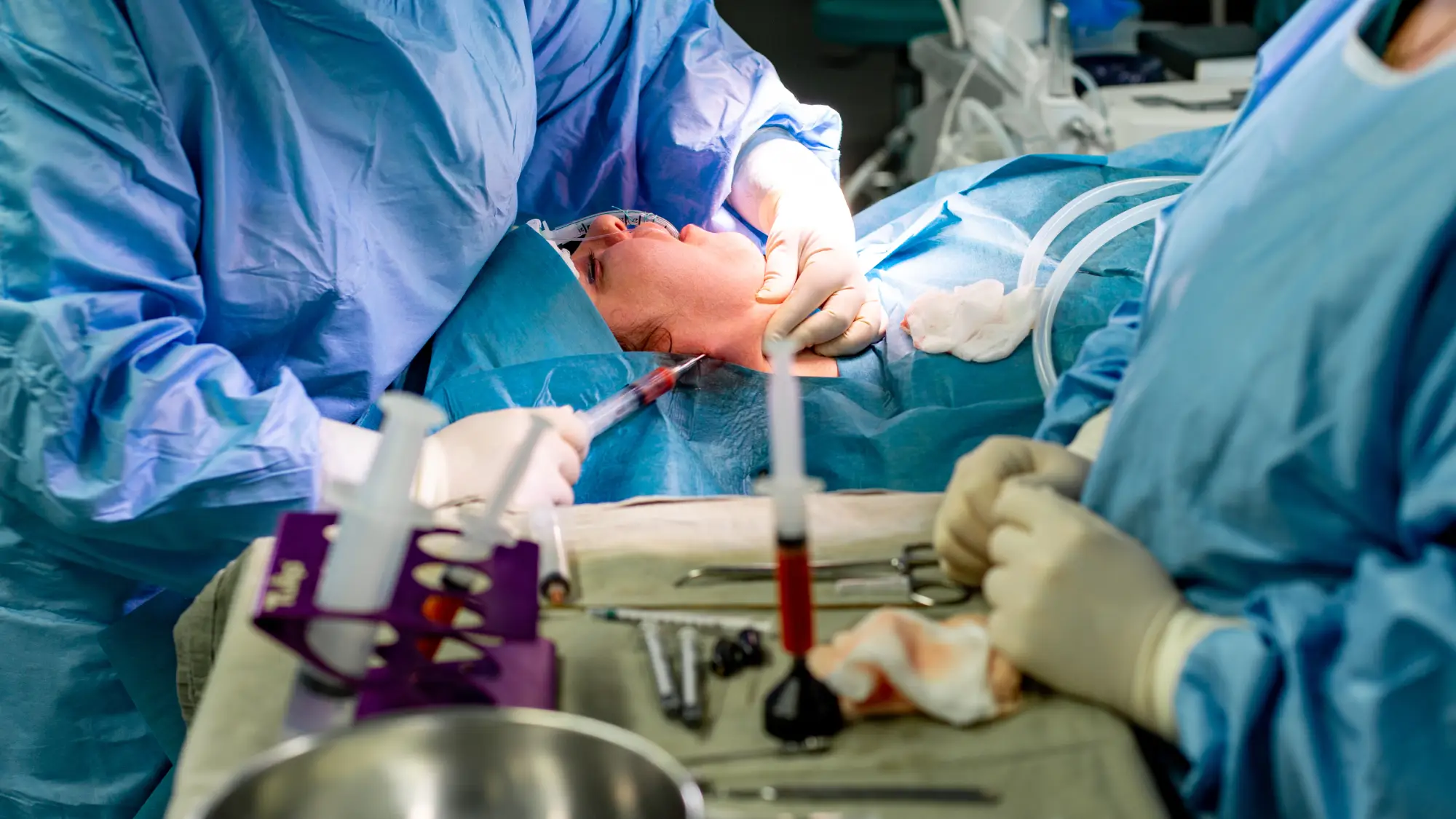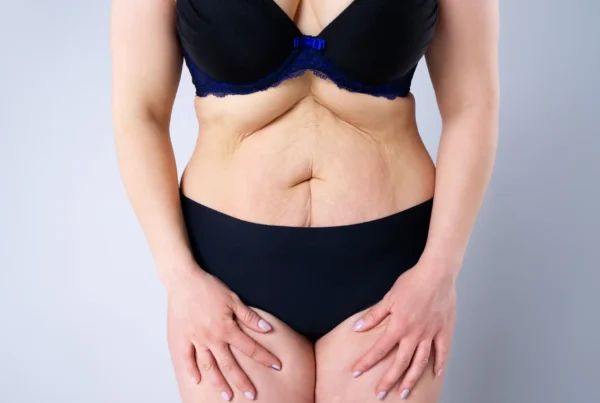When it comes to body and facial contouring, many patients face a key decision: fat transfer or implants? Both have their unique benefits and considerations, so understanding the difference can help you choose what’s right for you and achieve your desired aesthetic outcome.
Understanding Fat Transfer (Fat Grafting)
Fat transfer, also known as fat grafting, is a sophisticated technique where unwanted fat is harvested from one part of your body – often the abdomen, thighs, or flanks – through gentle liposuction. This harvested fat is then meticulously purified to separate pure fat cells from other fluids and debris. Finally, the purified fat is carefully re-injected into areas needing volume. It’s commonly used for breast augmentation, buttocks (Brazilian Butt Lift), and facial contouring, including restoring volume to cheeks, temples, and under-eye areas.
- Key Advantages of Fat Transfer:
- Natural Tissue: The main advantage is that it uses your own tissue, reducing risks related to foreign bodies or allergic reactions to implants.
- Natural Look and Feel: Because it’s your own tissue, the results offer a remarkably natural look and feel, blending seamlessly with your existing anatomy.
- Dual Benefit: You achieve the dual benefit of contouring the donor area (slimming it down) while augmenting another area.
- Reduced Risks: It significantly reduces risks such as capsular contracture (scar tissue formation around implants) or rupture associated with synthetic implants.
- Considerations for Fat Transfer:
- Fat Survival Rate: Results can vary based on how much fat survives after transfer. Not all injected fat cells will “take” and establish a blood supply, meaning some volume may be lost. Multiple sessions might be needed to achieve the desired volume.
- Availability of Donor Fat: You need to have sufficient excess fat in a donor area for the procedure to be viable.
- Less Predictable Volume: While generally stable, the exact final volume can be slightly less predictable than with implants due to the variable fat survival rate.
Understanding Implants (Synthetic Devices)
Implant, on the other hand, are synthetic devices typically made from medical-grade silicone or saline. They are designed to provide a predictable shape and size, often delivering a more dramatic and immediate volume increase in a single procedure. Implants are popular for breast and chin augmentation, but also used for calves, pectorals, and buttocks.
- Key Advantages of Implants:
- Predictable Results: Implants offer highly predictable size and shape outcomes, making it easier to achieve a precise aesthetic goal.
- Dramatic Volume: For patients seeking a significant increase in volume that may not be achievable with fat transfer, implants are often the ideal solution.
- Single Procedure: Often, the desired results can be achieved in a single surgical session.
- Considerations for Implants:
- Synthetic Material: Implants are foreign bodies, which means they may require future replacement and carry risks like capsular contracture (scar tissue formation). Other potential risks include rupture, infection, or shifting.
- Less Natural Feel: While modern implants are highly advanced, they may not always replicate the exact feel of natural tissue.
- Maintenance: Implants typically require monitoring over time and may need replacement after a certain number of years, or if complications arise.
Making the Right Choice: Which Is Best for You?
Choosing between fat transfer and implants ultimately depends on your individual goals, your body type, and your lifestyle.
- Choose Fat Transfer if: You desire natural volume and also want to slim down donor areas. You prefer to use your body’s own tissue and are seeking subtle, natural enhancement. You understand that results can vary based on how much fat survives after transfer.
- Choose Implants if: You want a more defined, immediate change and significant volume increase. You prefer highly predictable results and are comfortable with the use of synthetic materials.
The Hybrid Approach: Combining Techniques
It’s important to note that the best approach often combines both techniques for customized results. For example, breast implants can be augmented with fat transfer to refine contours or soften edges, achieving an even more natural appearance. Similarly, facial implants can be complemented with fat grafting to enhance overall harmony.
Consulting with Your Plastic Surgeon
The most crucial step in this decision-making process is a thorough consultation with a board-certified plastic surgeon. Your surgeon will assess your anatomy, discuss your aesthetic preferences, evaluate the elasticity of your skin, and consider your overall health. They will provide expert guidance on which method, or combination of methods, is most suitable to help you achieve your desired aesthetic goals safely and effectively. They can also show you before-and-after photos of previous patients to help you visualize potential outcomes.




